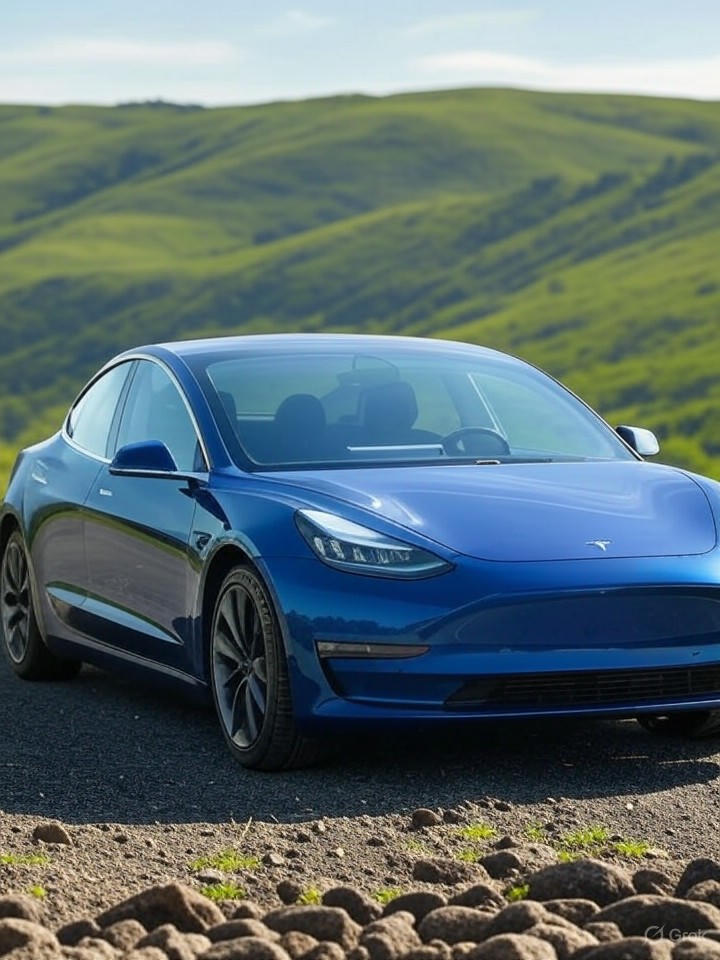In the competitive world of electric vehicles, Tesla Inc. has once again pushed boundaries with its latest Model 3 variant, achieving a remarkable 830 kilometers on a single charge under China’s CLTC testing standard. This development, detailed in recent regulatory filings, positions the sedan as the company’s longest-range offering yet, surpassing previous benchmarks and intensifying scrutiny on battery technology advancements.
The new Model 3, equipped with a 78.4 kilowatt-hour battery pack, promises to alleviate range anxiety for drivers, particularly in expansive markets like China where long-distance travel is common. According to information from CnEVPost, this variant edges out even Tesla’s Model Y Long Range, which tops out at 751 km in its updated form. Industry analysts note that while CLTC figures often exceed real-world performance—typically by 20% to 30% compared to EPA estimates—this milestone underscores Tesla’s engineering prowess amid slowing global EV sales.
Unveiling the Technical Edge
Tesla’s achievement stems from optimizations in battery chemistry and vehicle efficiency, including lighter materials and improved aerodynamics in the refreshed Model 3 design. Sources close to the matter indicate that the company has integrated cells from suppliers like CATL, enhancing energy density without significantly increasing weight.
This isn’t Tesla’s first foray into extreme range claims; historical hypermiling feats, such as a 2018 record where a Model 3 traveled 975 km under controlled conditions, have long hinted at untapped potential. As reported by The Verge, those efforts involved meticulous driving techniques, but the new production model aims to deliver similar endurance in everyday scenarios.
Market Implications for China and Beyond
Launched exclusively in China, this extended-range Model 3 arrives at a pivotal time, with Tesla facing stiff competition from local giants like BYD Co. and Nio Inc. Regulatory documents filed with China’s Ministry of Industry and Information Technology, as covered by Electrek, reveal dual variants: one with 830 km for rear-wheel-drive and 800 km for all-wheel-drive, catering to diverse consumer needs.
For industry insiders, this move signals Tesla’s strategic pivot toward Asia, where EV adoption is accelerating faster than in the U.S. or Europe. However, questions linger about global rollout; executives have remained tight-lipped, though filings suggest potential adaptations for other markets could follow, pending battery supply chain stability.
Challenges in Real-World Application
Despite the hype, real-world tests paint a nuanced picture. A recent 2,000 km road trip in Australia, documented by carsales.com.au, showed the current Long Range Model 3 achieving around 629 km under highway conditions, falling short of optimistic lab estimates. Factors like temperature, speed, and load can erode range, prompting calls for standardized global testing.
Tesla’s innovation also raises broader industry debates on sustainability. With larger batteries comes increased demand for rare minerals, potentially straining supply chains. Analysts from firms like BloombergNEF predict that by 2030, such advancements could normalize 800 km-plus ranges, but only if recycling and ethical sourcing improve.
Strategic Outlook for Tesla
Looking ahead, this record-breaking Model 3 could bolster Tesla’s market share in China, where it recently reported a dip in registrations. Insights from Teslarati highlight the vehicle’s debut as a counter to declining sales, with features like enhanced fast-charging compatibility.
For investors and executives, the true test will be scalability. If Tesla replicates this range globally without hiking prices—currently speculated at a premium over the standard Model 3’s $40,000 base—it could redefine EV expectations. Yet, regulatory hurdles and competition from solid-state battery pioneers like Toyota Motor Corp. loom large, ensuring that Tesla’s lead remains anything but assured.
In essence, this 830 km breakthrough encapsulates Tesla’s relentless drive for dominance, blending cutting-edge tech with market savvy. As the EV sector evolves, such milestones will likely dictate which players thrive in an increasingly electrified future.




 WebProNews is an iEntry Publication
WebProNews is an iEntry Publication